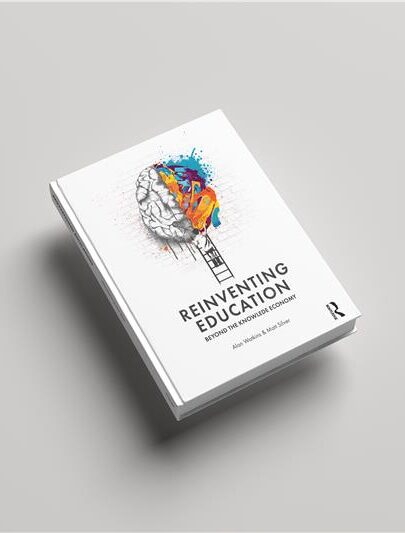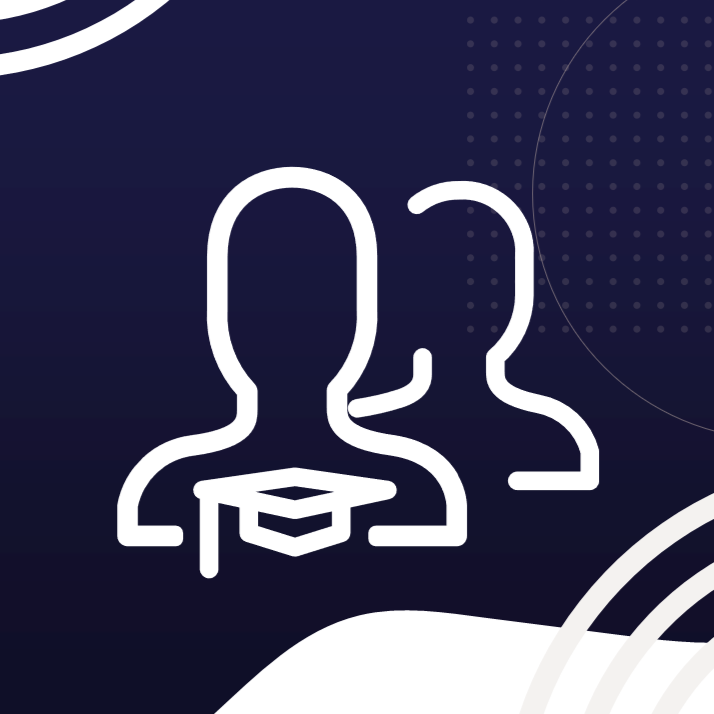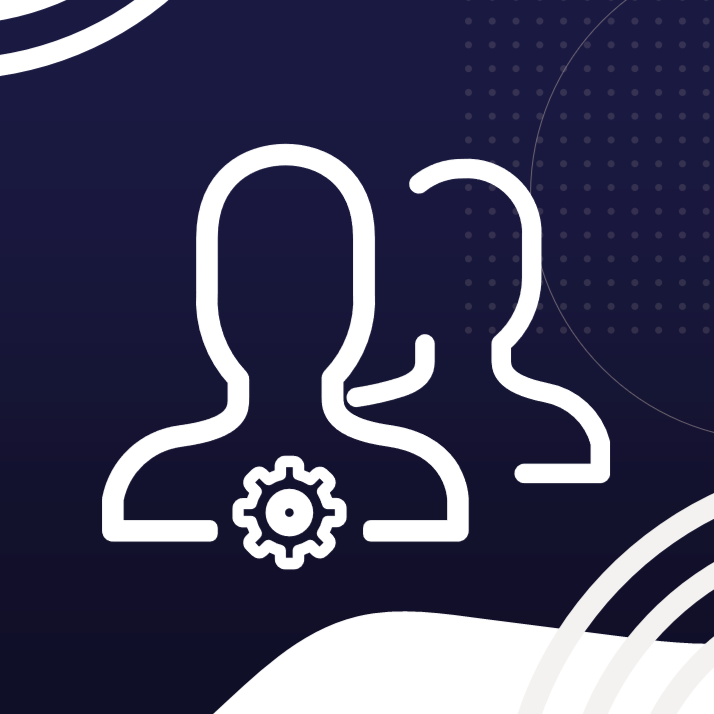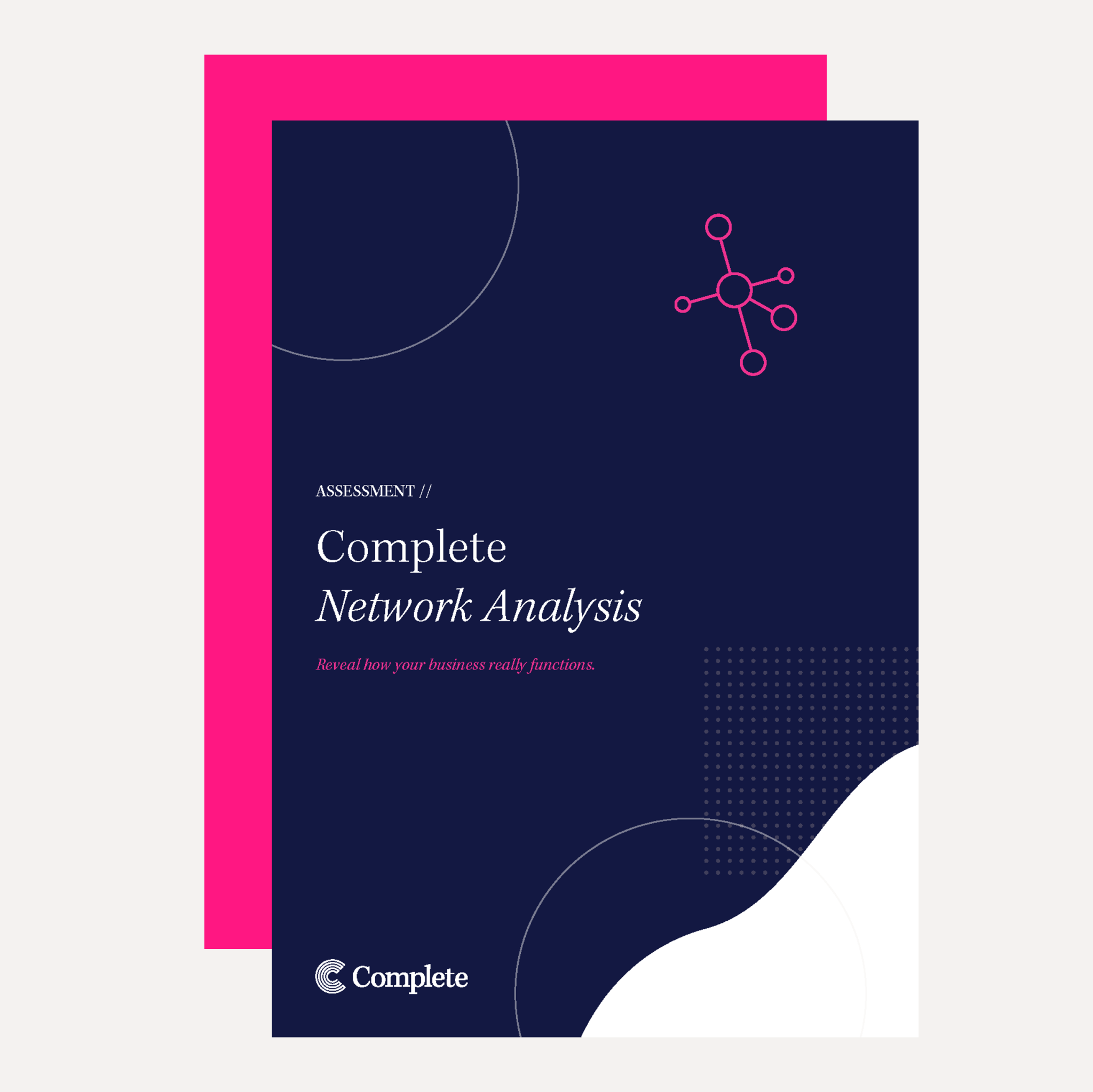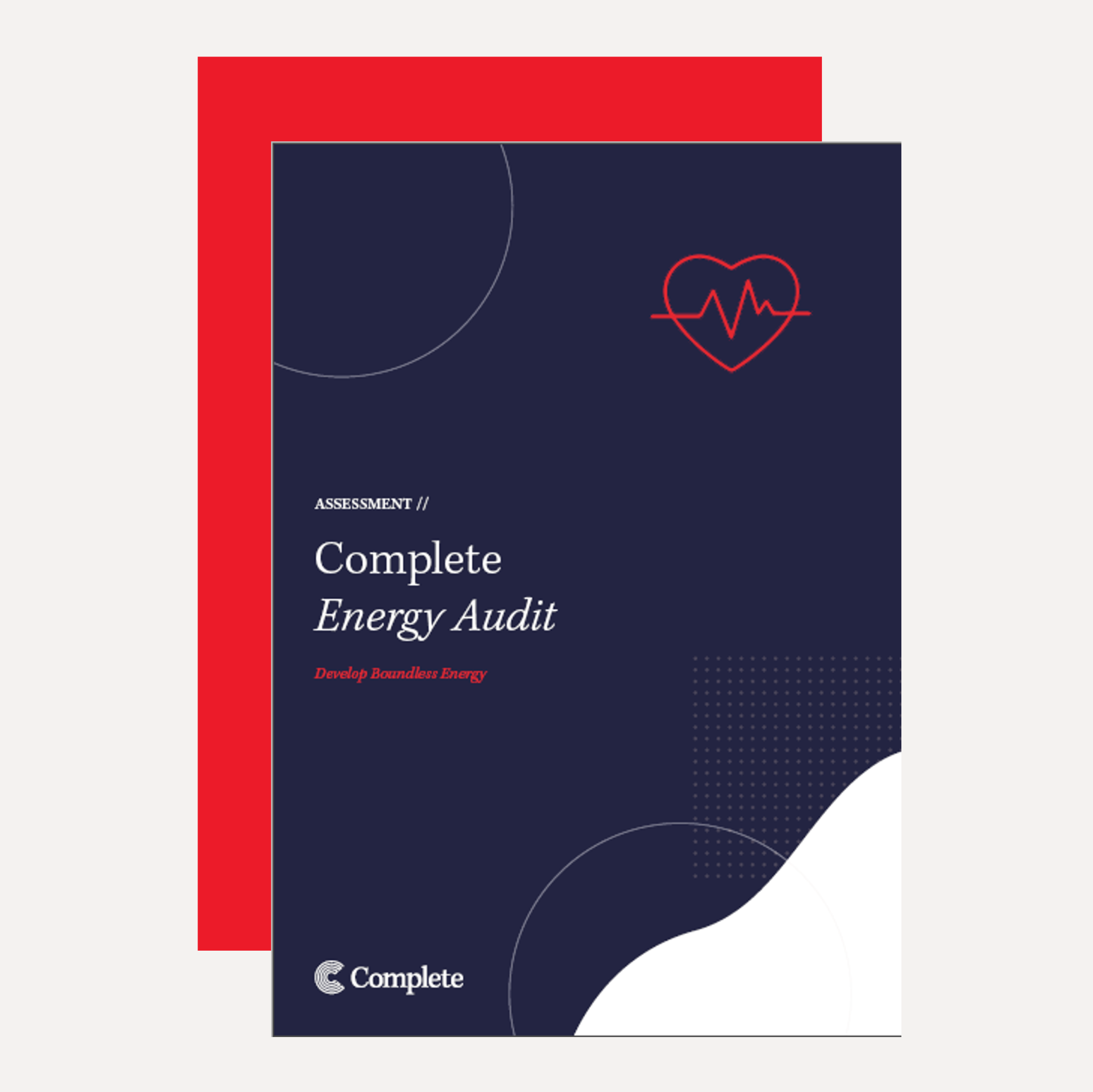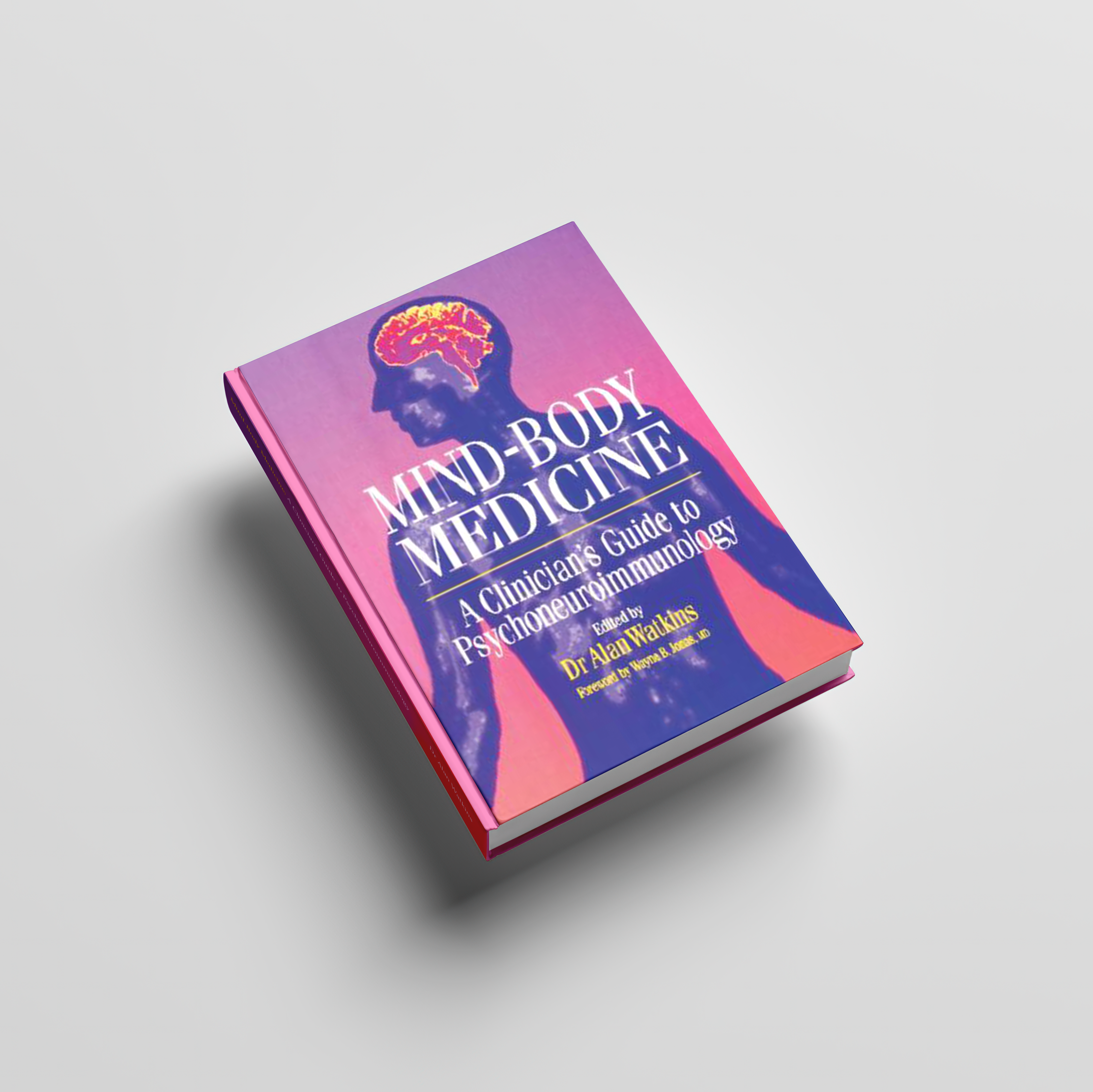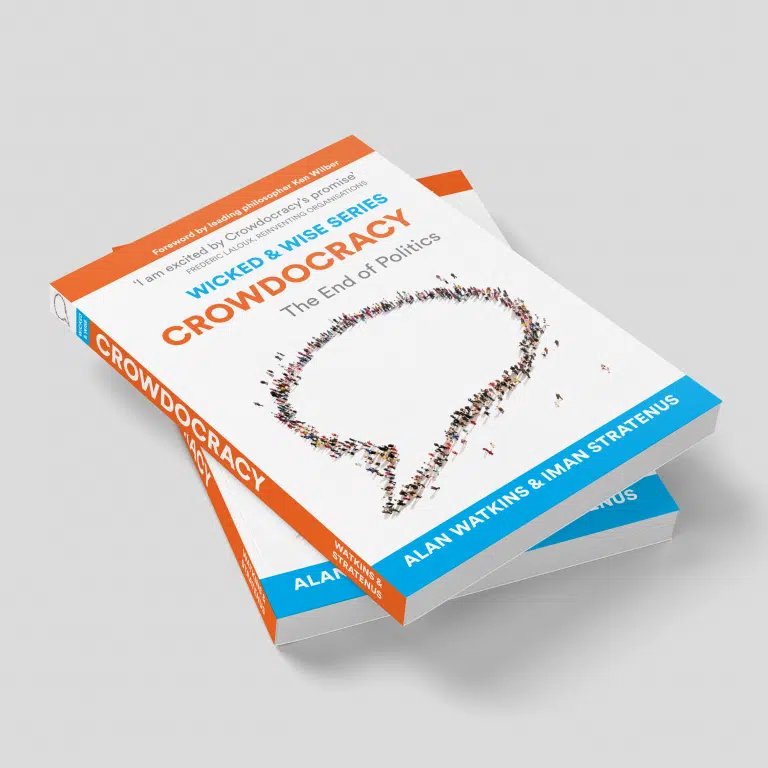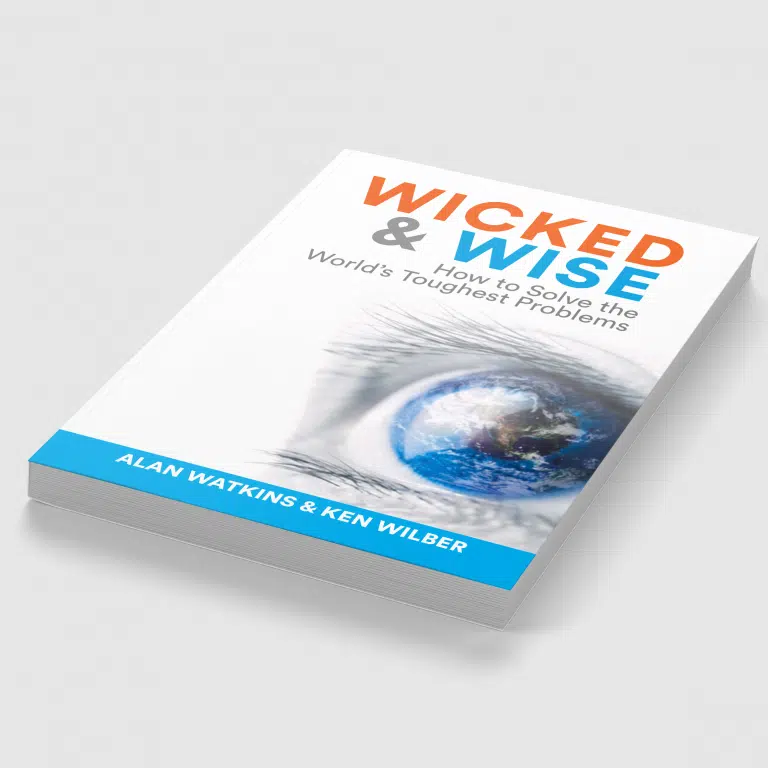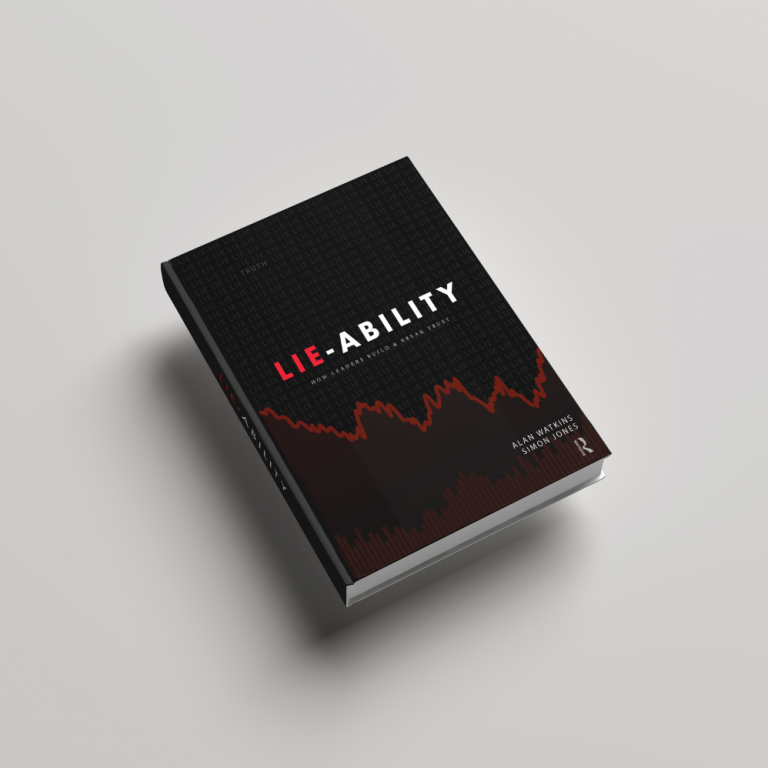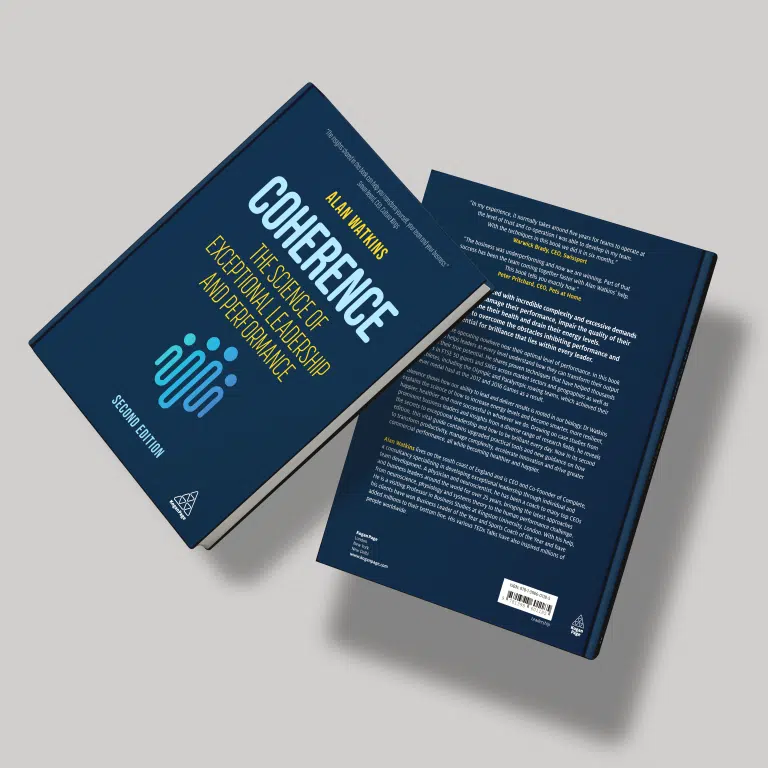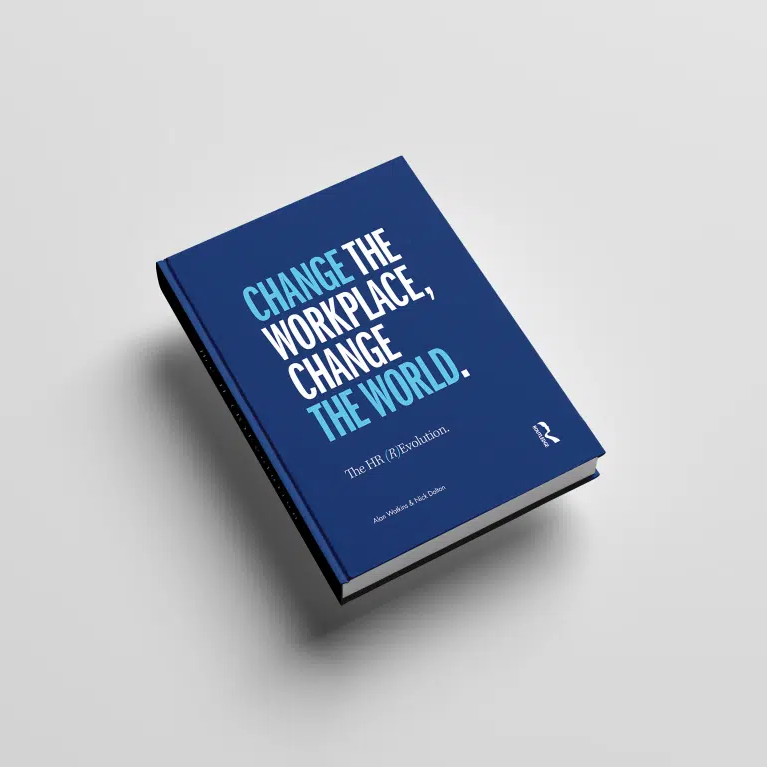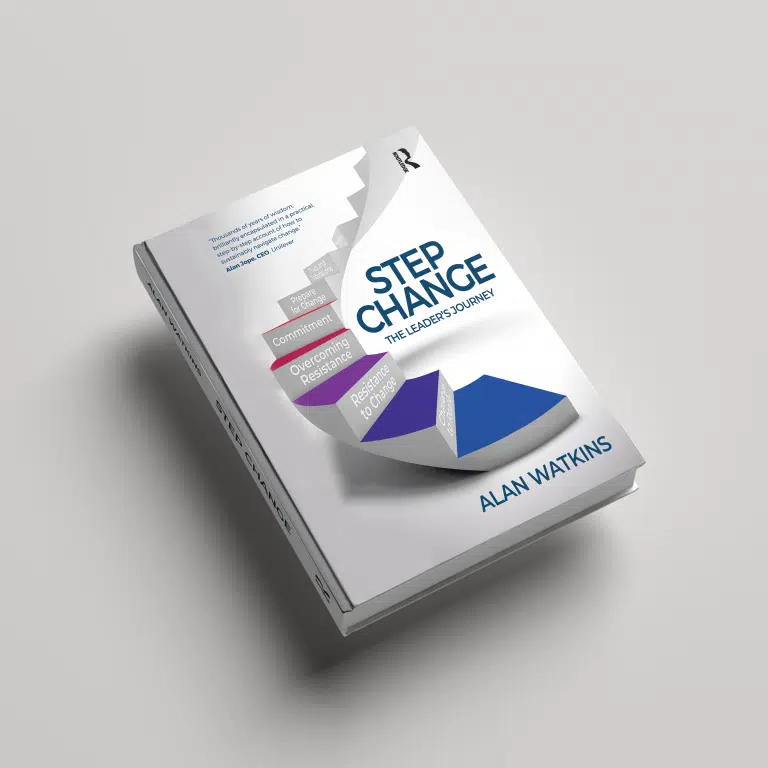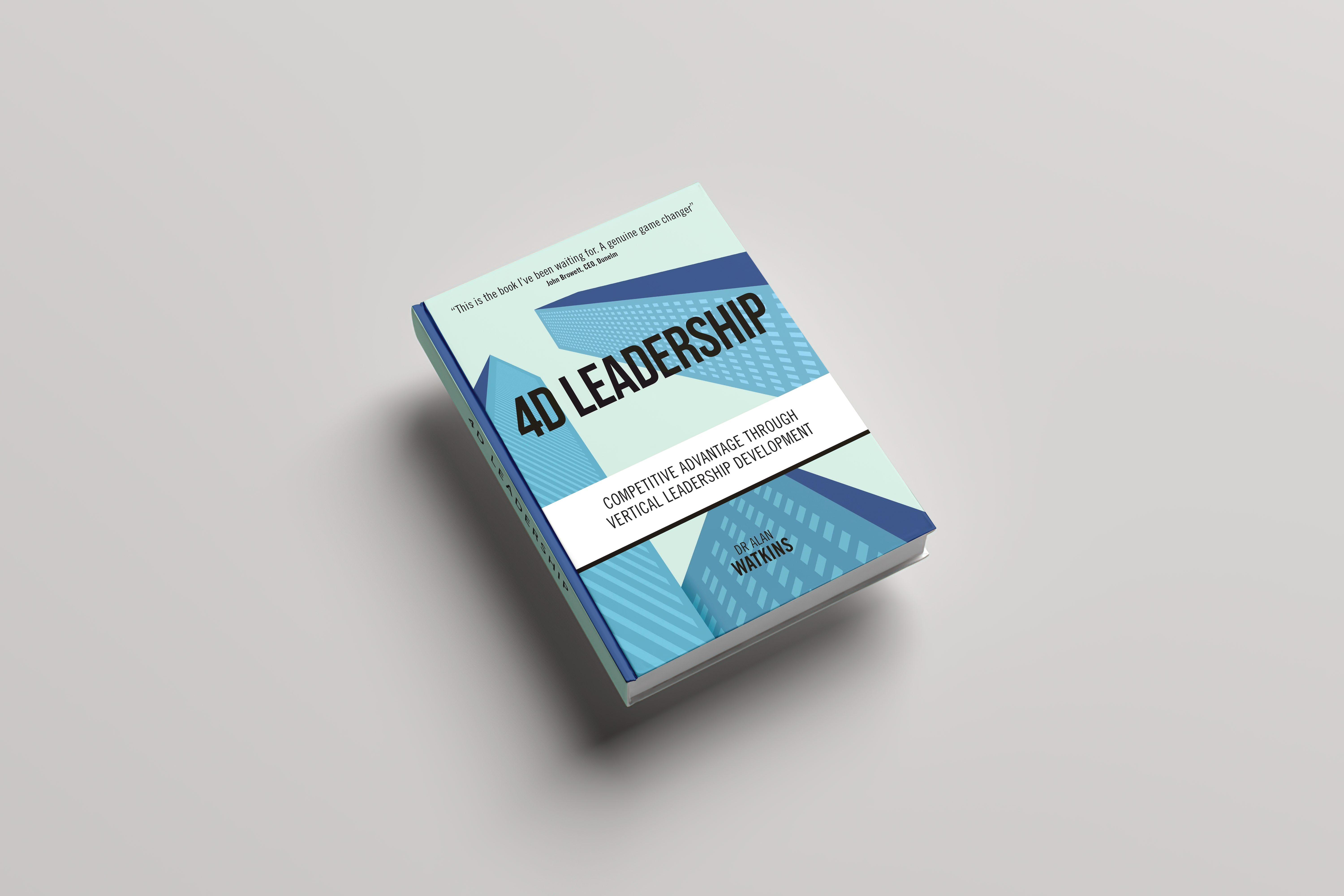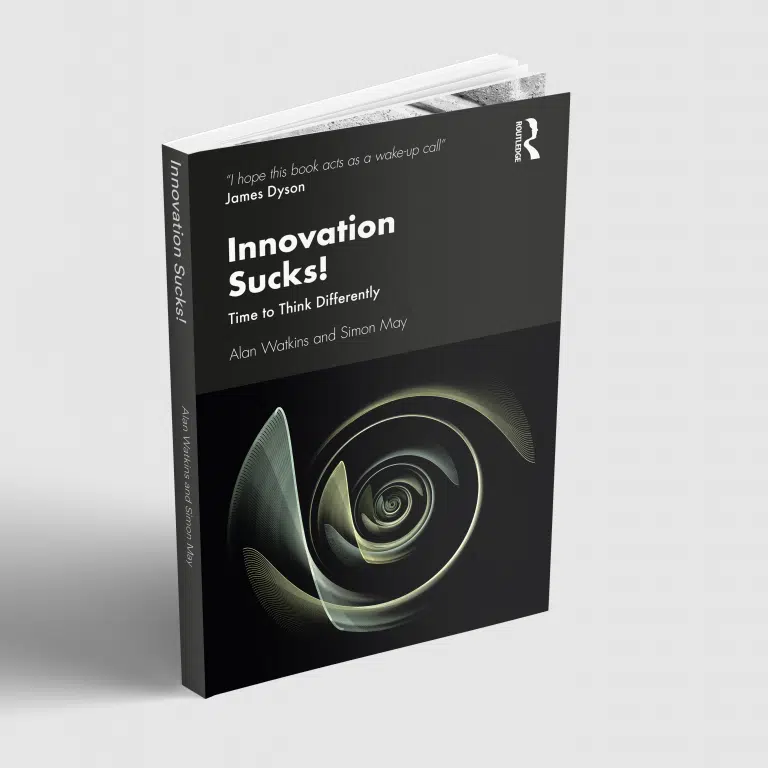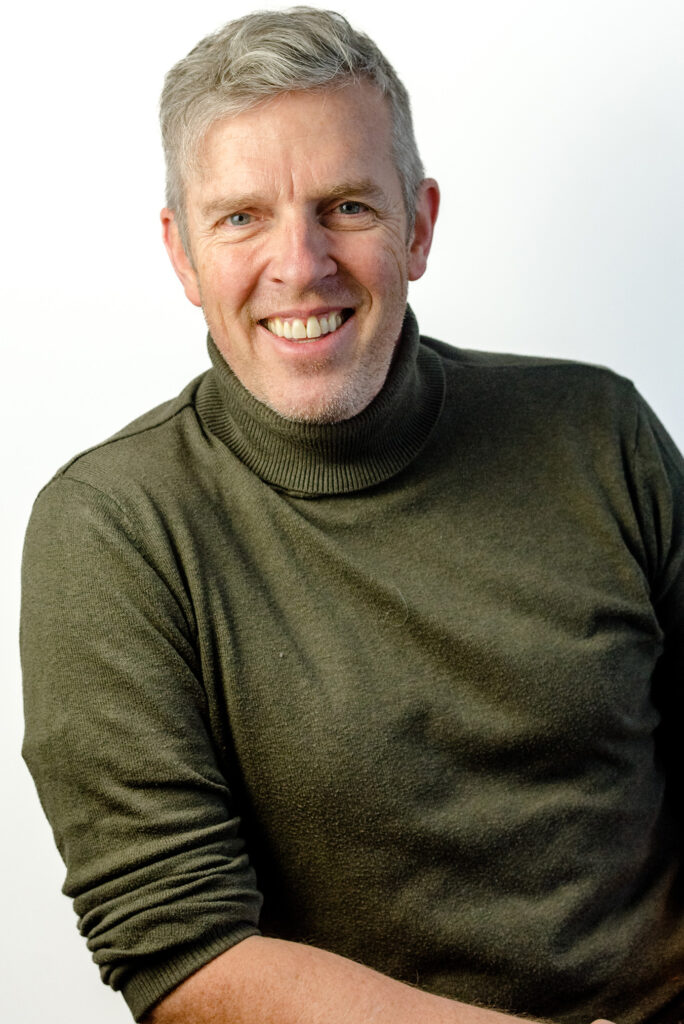Have you recently committed to a new task force or the implementation of a new system or major customer service improvements?
You’re very likely to be at Step 7 of the Change Wheel. Here’s what that means and how to navigate the trials and tribulations associated to ensure success.
Step 7 is where change really happens. The change may be very small, or it could be about changing our entire life. Whatever the scale, this is where we deploy the resources we have accumulated for the change journey. Time to find out who we who we really are and what we may be capable of.
In this article, the seventh in our change series, we are at the ‘Trials and Tribulations’ step in the Complete Step Change Wheel.
The Complete Step Change Wheel has four phases each with three steps – giving us 12 steps in the leaders’ journey. The four phases correspond to the process of human development – waking up, owning up, growing up and showing up or Discover, Decide, Develop, Deliver. Each stage builds on the last, helping you overcome obstacles to help you deliver at a new level. By understanding where you are on the wheel and what steps you need to take you can more effectively move your way through the developmental framework at greater pace.
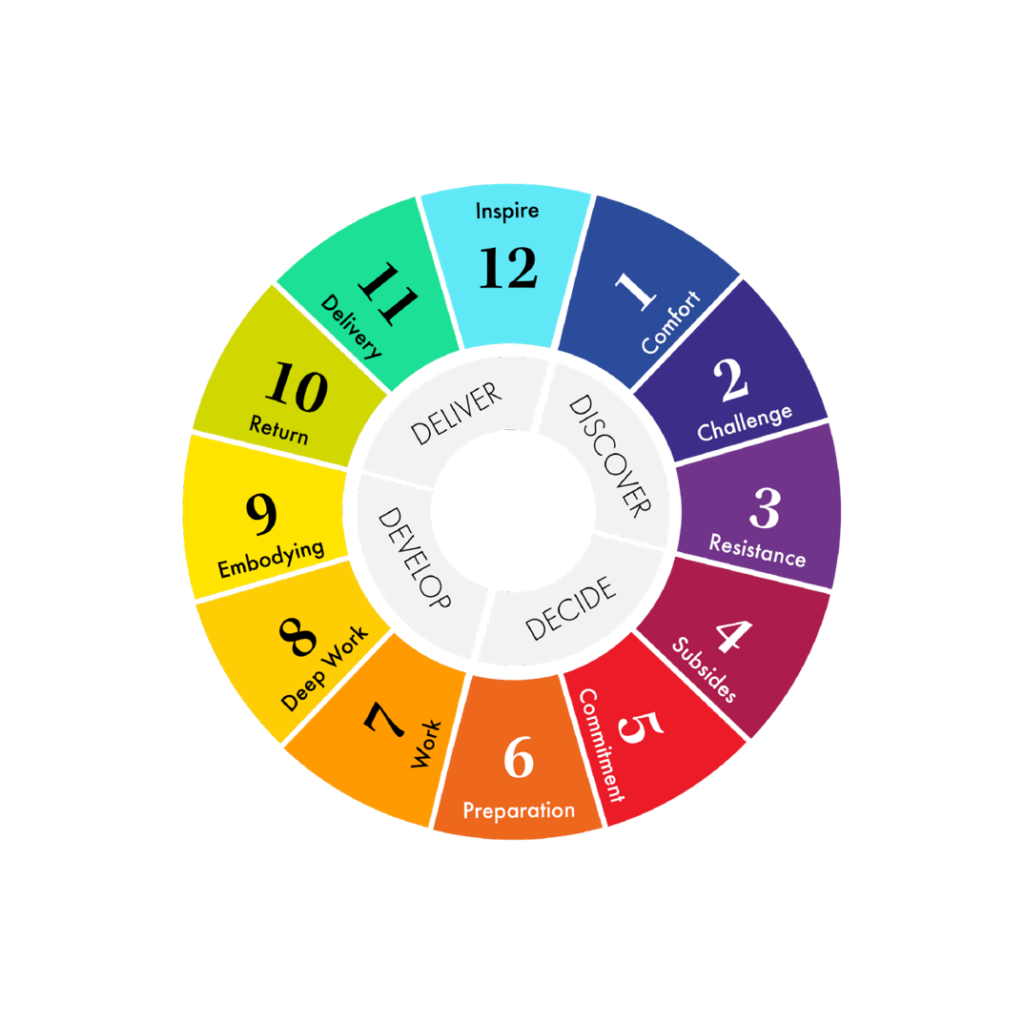
Where are you starting from?
The Complete Leadership Frame is a useful way of defining what you’re ‘working on’ right now. Is it short term performance (IT), longer-term market (IT), people leadership (WE) of personal issues (I)?
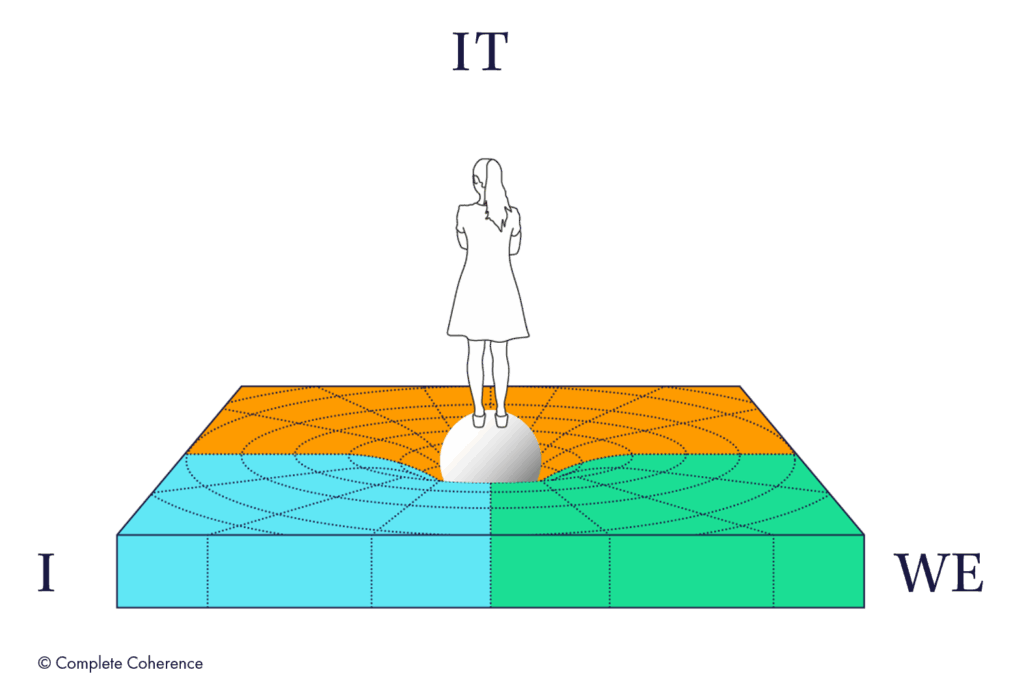
It may come as no surprise, that exceptional leaders are those capable of changing themselves and addressing those personal issues in the interior ‘I’ space. This is where leadership starts. An ‘IT’ focus may feel more pressing, but it can only deliver a temporary uplift.
But, how do you know exactly where you need to start your change effort for maximum results? You measure your physiology. Energy levels are a key component of Complete’s physiology assessment. After all, if you’re exhausted it doesn’t matter how smart you are or how brilliant your strategy, you won’t have the stamina to follow things through.
Diagnostic precision is critical if you want to make change fast and give yourself the energy you need for the change journey ahead.
A framework for success
A framework helps us avoid getting side-tracked by interesting detours and focus on the work of change. Try this:
• How many changes am I engaged in right now?
• Which domain are they focused in – ‘I’, ‘WE’ or ‘IT’?
• Of the possible lines of development (see figure below), where should I focus to accelerate change?
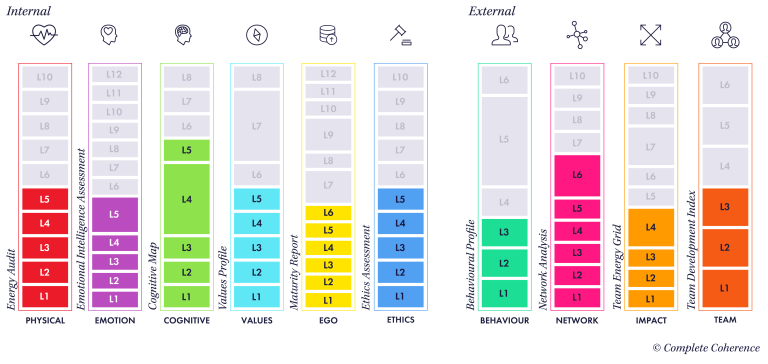
Answering the above will enable you to stay on track. Ideally, at step 7 you’ll be feeling excited and curious about the changes to come. It will still take work – those trials and tribulation – but we should now start to see that change is possible. Your determination is paying off and you’ll be experiencing those positive emotions.
You now have an option to skip step 8 and head straight to step 9, but, that’s for next time.





